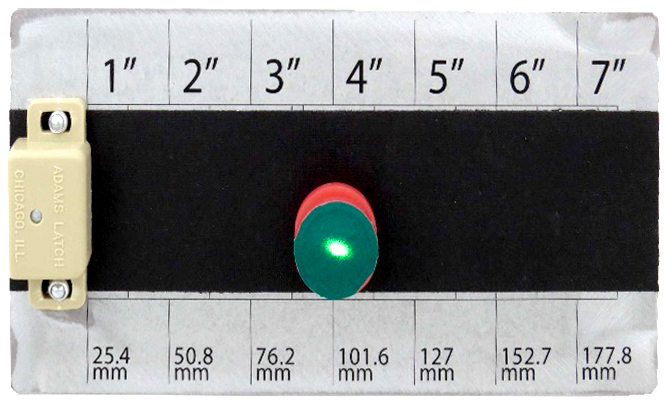The Human Eye vs. The Laser Dot

The human eye is remarkable in its ability to resolve features, detect colors and see detail. In fact, most humans can resolve details with a resolution of .005” (five thousandths of an inch.) This is equal to 25% of the width of the black graduation mark on a Lufkin® tape measure tape or 20% of the width of a sharpened #2 pencil line drawn on a piece of paper. This means that if a person wants to really mark the center of a laser dot close to center, something special has to be done to the image of the laser dot so that the center can be seen!
The actual image of a collimated, red laser diode is elliptical. This means that the laser dot shinning on a piece of paper looks like a rectangle with the long side or major axis 3 times bigger than the narrow side. The middle of this ellipse is the center of the beam but it’s not readily definable. While reshaping the laser beam to form a small round dot works best for marking, it’s also what most users expect. But this intuition is not the best solution when using the human eye as a detector of the laser “Dot”.
So, Laser Tools introduced the use of apertures to circularize the laser beam. Apertures are just holes in the middle of bushings screwed into the end of a laser module where the laser beam exits. The holes are sized small, medium and large relative to the size of the laser beam trying to shoot through the apertures but the results are the same. The round holes create round laser dots.

